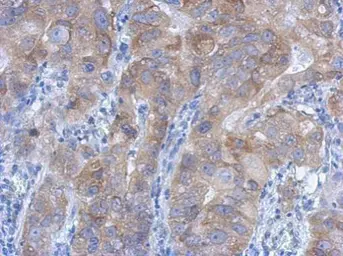IKK beta antibody
Cat. No. GTX105690
Cat. No. GTX105690
-
HostRabbit
-
ClonalityPolyclonal
-
IsotypeIgG
-
ApplicationsWB ICC/IF IHC-P
-
ReactivityHuman, Mouse, Rat





